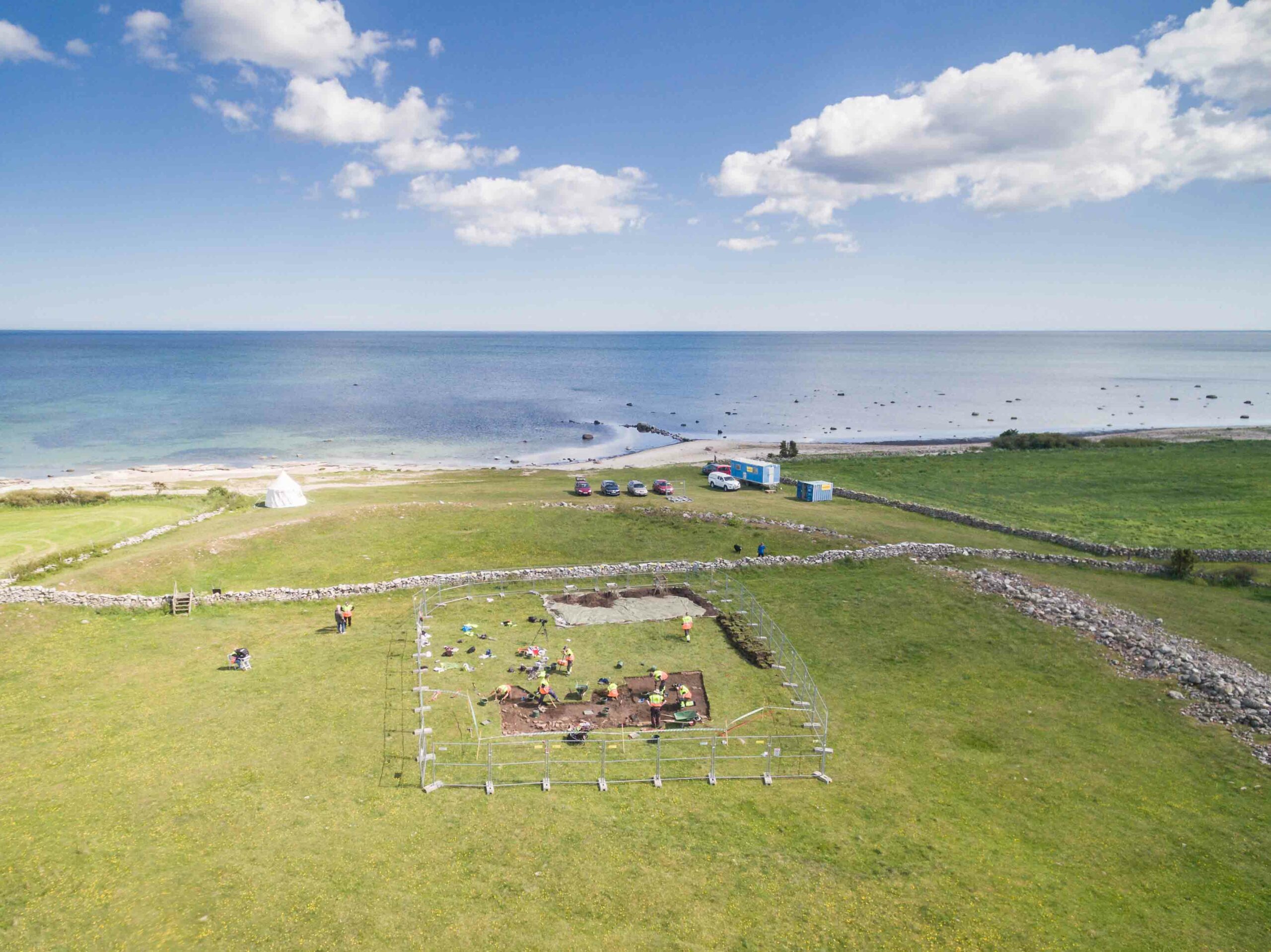KONYA, TURKEY—Rules for horse racing have been translated from a 2,000-year-old stone monument in central Anatolia. Written in Greek, the rules state that a horse that finishes first in a race cannot compete in another race, and an owner whose horse finishes first cannot enter another horse in additional races. The monument, located near a hippodrome, was dedicated to Lukuyanus, according to a report in The Daily Sabah. “Lukuyanus was a Roman jockey, and this structure here shows this was a place dedicated to horse racing and horse breeding," Hasan Bahar of Selçuk University explained. "Hittites used to build monuments here in a tribute to the mountains they deemed holy and we believe horse racing was a dedication to those holy mountains as well in the Roman era.” To read more about equine-related archaeology, go to "The Story of the Horse."
Inscription in Anatolia Explains Racing Rules
News May 2, 2016
Recommended Articles
Features July/August 2025
The Home of the Weather God
In northern Anatolia, archaeologists have discovered the source of Hittite royal power

Features May/June 2025
Goddess at the Crossroads
Why a city put its trust in a Greek deity feared throughout the Mediterranean world
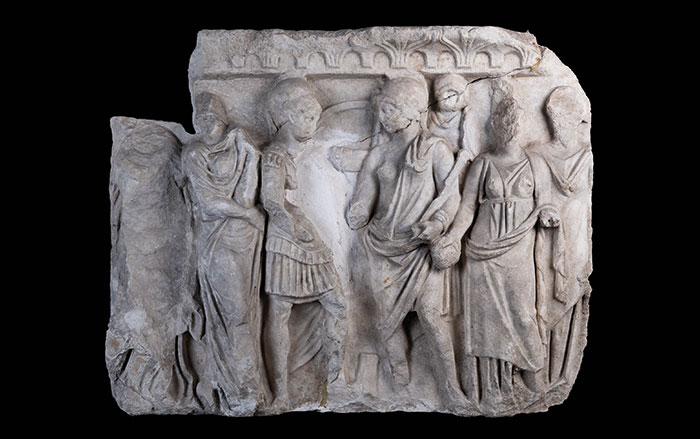
Features November/December 2024
Let the Games Begin
How gladiators in ancient Anatolia lived to entertain the masses
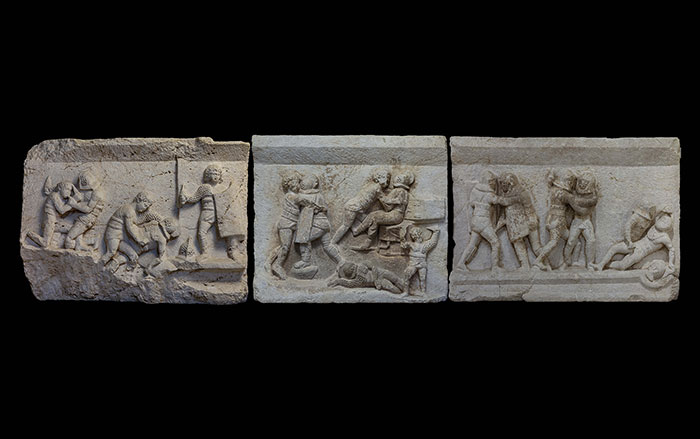
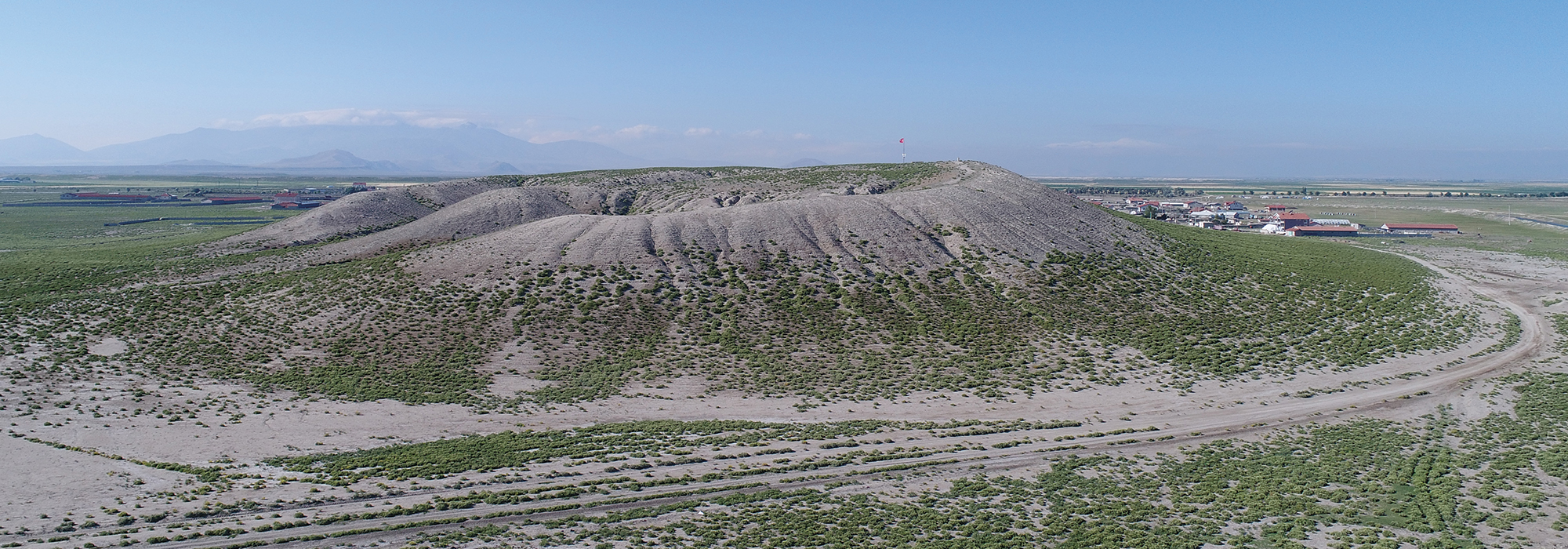
-
Features March/April 2016
France’s Roman Heritage
Magnificent wall paintings discovered in present-day Arles speak to a previously unknown history
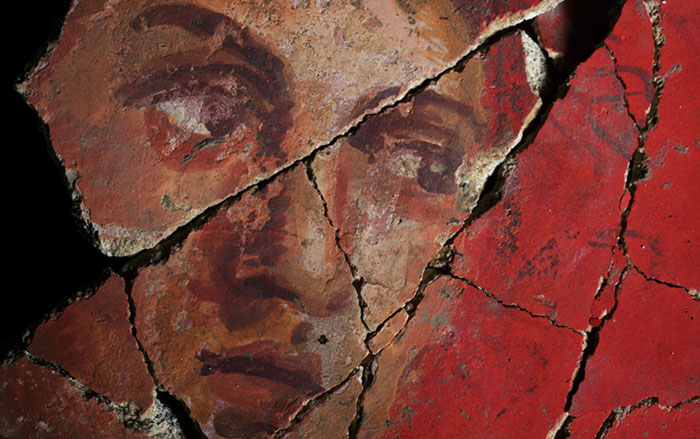 (Copyright Remi Benali INRAP, musée départemental Arles antique)
(Copyright Remi Benali INRAP, musée départemental Arles antique) -
Features March/April 2016
Recovering Hidden Texts
At the world’s oldest monastery, new technology is making long-lost manuscripts available to anyone with an Internet connection
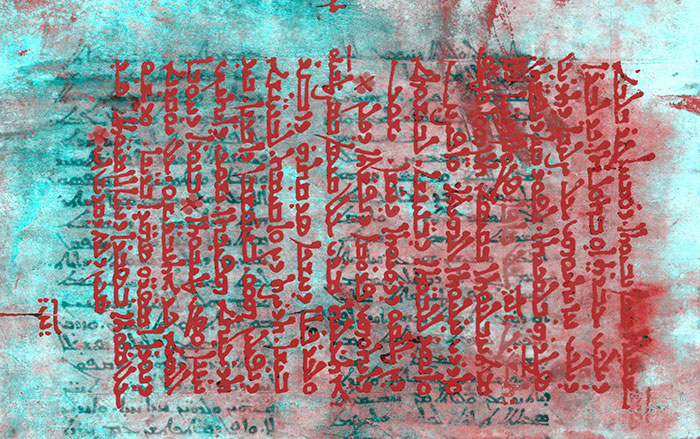 (Copyright St. Catherine's Monastery)
(Copyright St. Catherine's Monastery) -
Letter from Guatemala March/April 2016
Maya Metropolis
Beneath Guatemala’s modern capital lies the record of the rise and fall of an ancient city
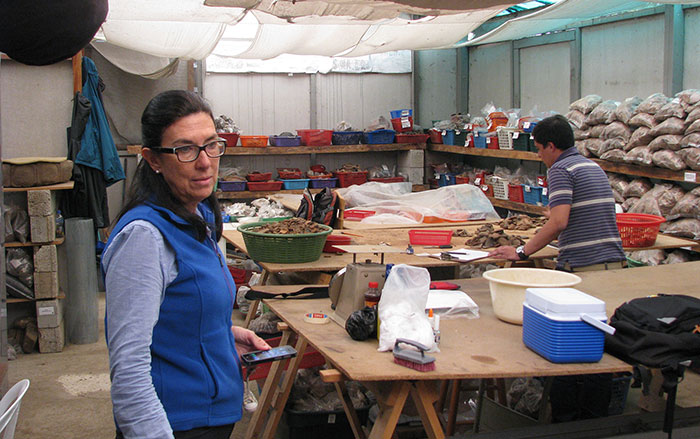 (Roger Atwood)
(Roger Atwood) -
Artifacts March/April 2016
Egyptian Ostracon
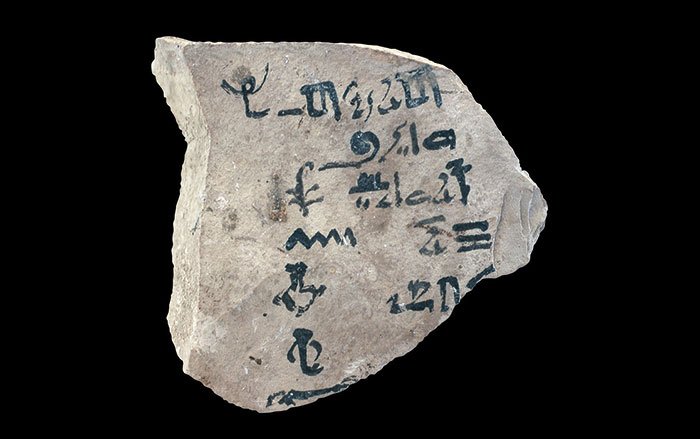 (Courtesy Nigel Strudwick/Cambridge Theban Mission)
(Courtesy Nigel Strudwick/Cambridge Theban Mission)


